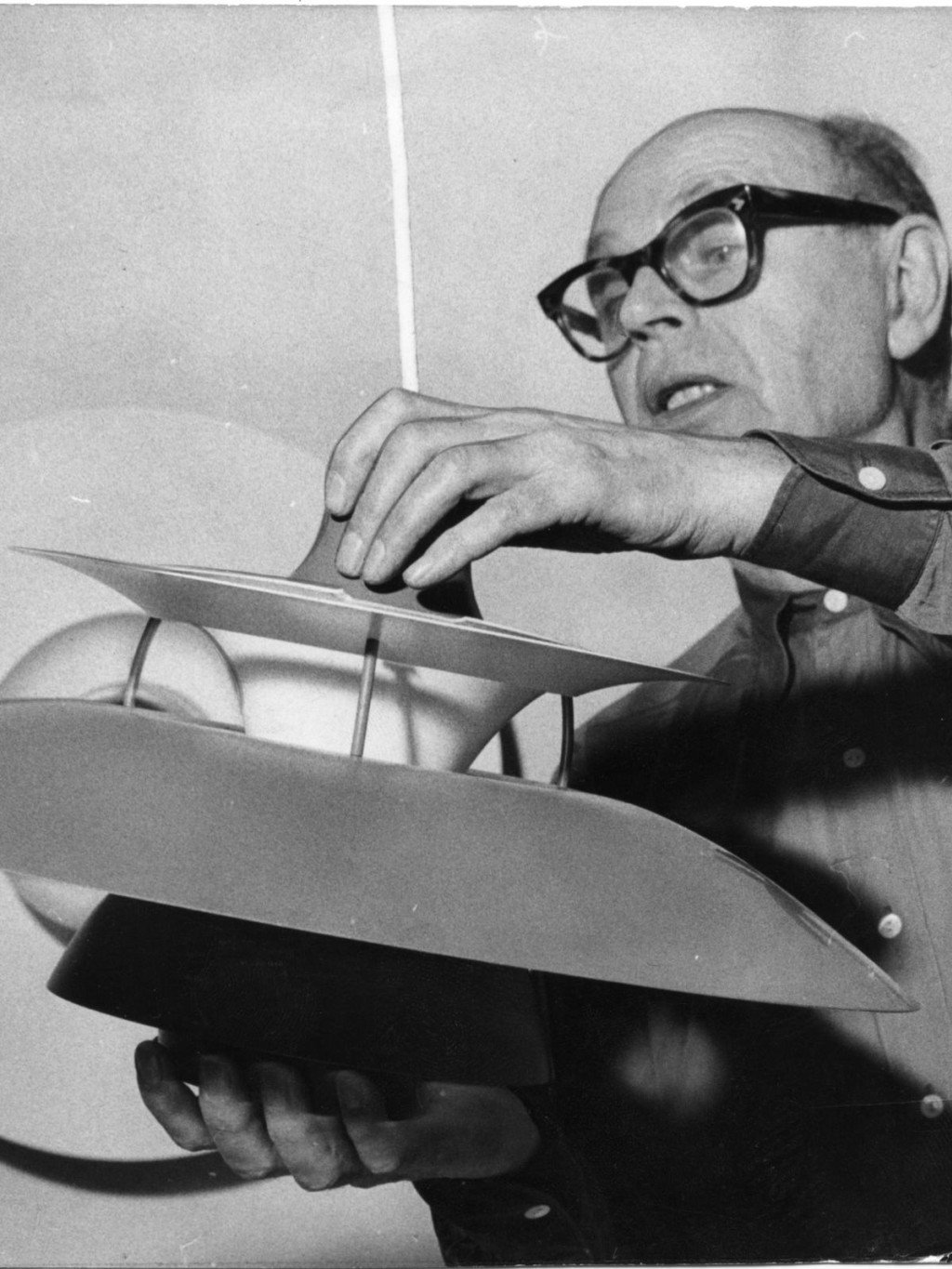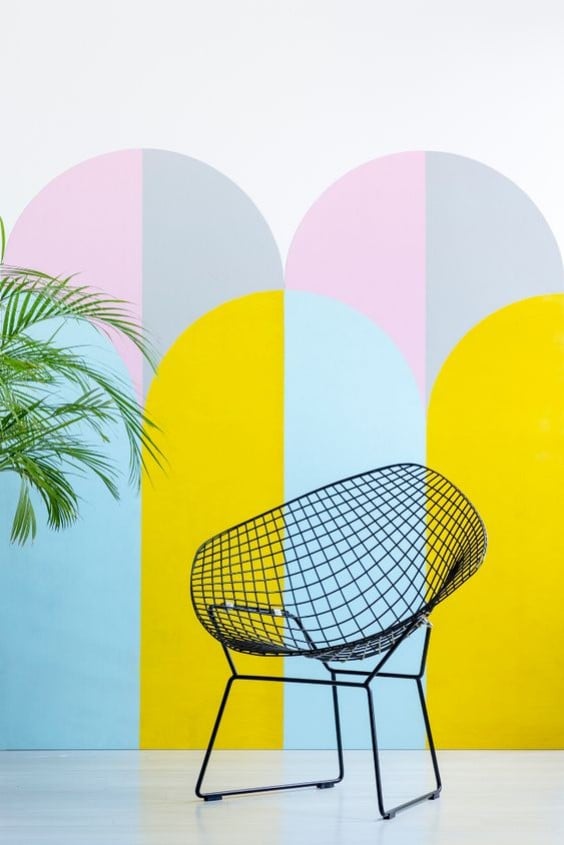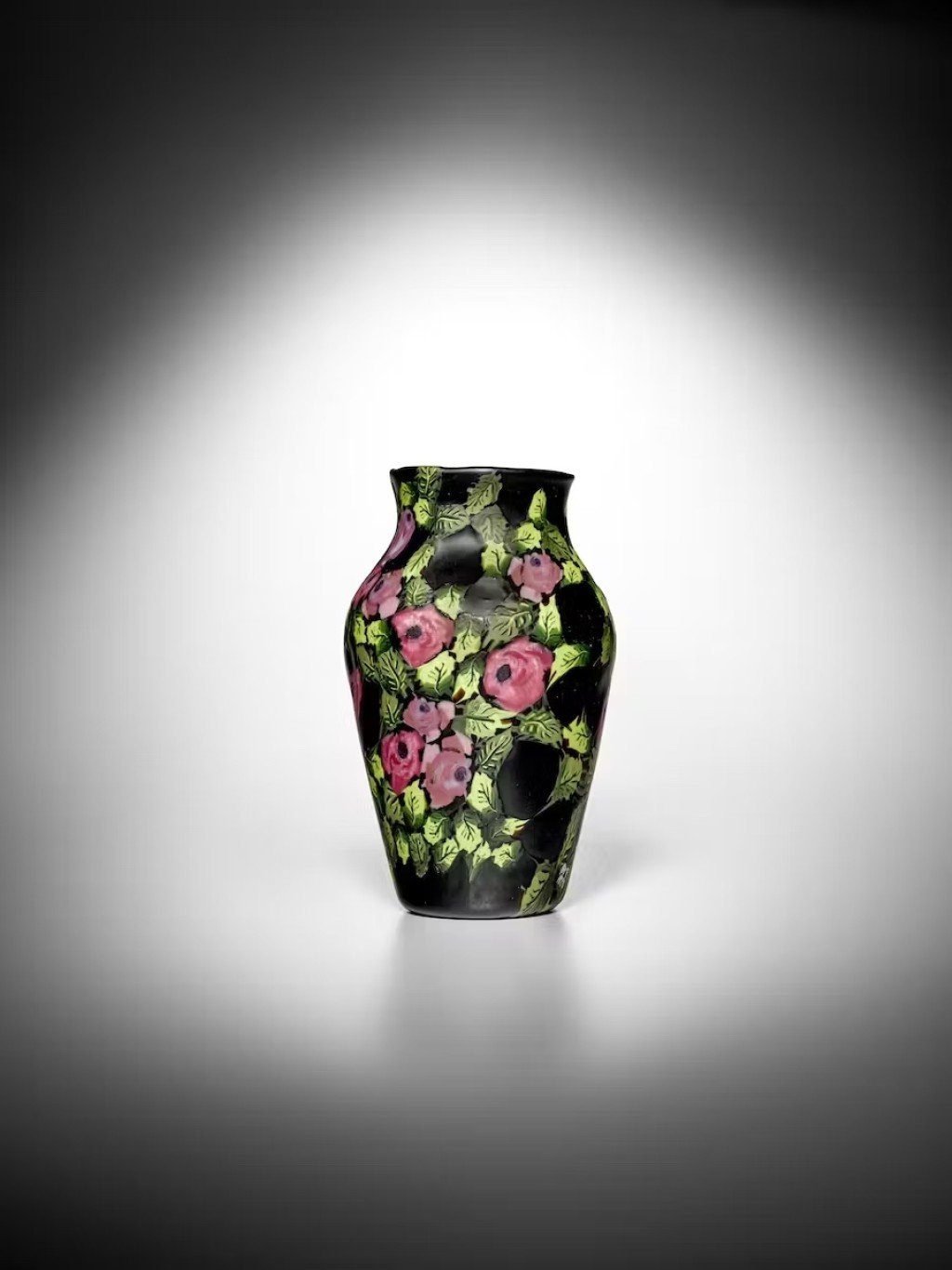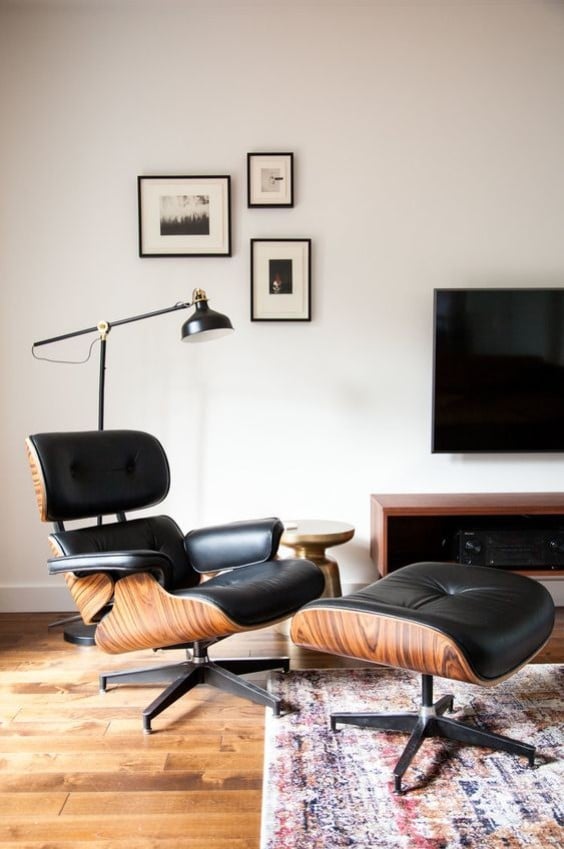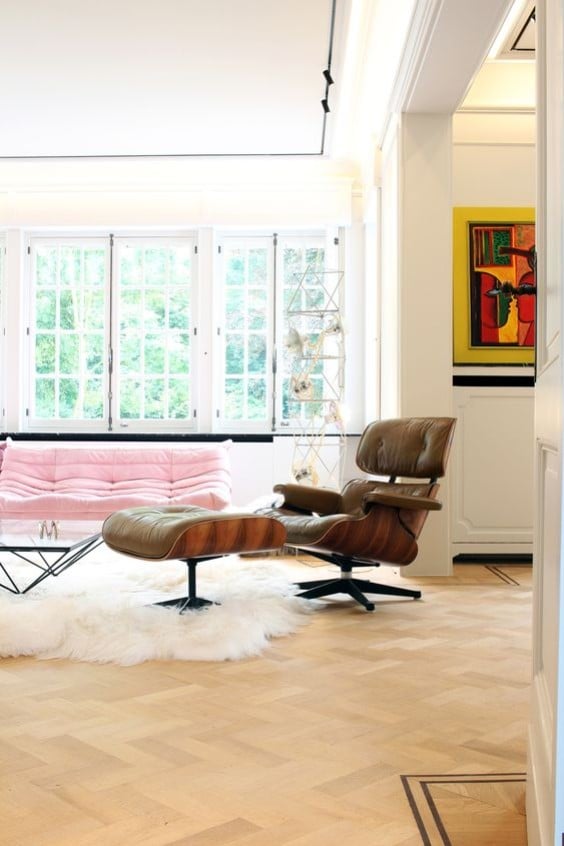In 2021, renowned Danish furniture maker Carl Hansen and Son reissued fellow Danish designer Børge Mogensen's "Deck Chair" line of outdoor furniture designed in the late 1960s. Proof that "historic" publishers are still interested in outdoor design. Today, outdoor furniture has become a must-have for people who like to live in their garden in the summer. It is no longer considered an accessory or secondary, its presence comes to occupy and embellish a space of leisure and reception. This article looks back at the iconic pieces of outdoor furniture...

Photo credit: DR

Photocredit: Scandinavian Design

Photo credit: Scandinavian Design
An American design icon to boot. In 1903, Thomas Lee imagined a comfortable chair to enjoy the long summer evenings in his Westport, Connecticut home. Thus was born the famous "Adirondack" chair: a reclining seat and back, wide armrests and a footrest to enhance the comfort of everyday life at the time. Originally made entirely of wood, the Adirondack chair has become a symbol of the American Way of Life over the years and continues to grace decks across the country, from the East Coast to the West Coast.


Photo credit: Amazon

As a student at the Bauhaus School in Weimar, the architect and designer Marcel Breuer is known for having designed the 1st chair made of folded steel tubes (1925). In 1933, in cooperation with the Embru AG (Eisen-und-Metallbettenfabrik AG Rüti), he designed a series of chairs, armchairs and lounge chairs made of flat steel and aluminum profiles. The Swiss manufacturer still exists and is reissuing the model 1096 lounge chair designed by Breuer.

Photo credit: ArchiTonic

Photo credit: ArchiTonic
A cult French chair! In 1927, Xavier Pauchard registered the Tolix trademark of the 1st "manufacturer of household items in galvanized sheet metal". In 1935, he markets the A chair which will make the fame of the mark. In 1937, the TOLIX chairs are chosen for the Universal Exhibition in Paris. The success is there, chairs and tables Tolix invade the terraces of cafes, public gardens and spas and seaside resorts of the post-war period.

Photo credit: Tolix

Picture credit: Tolix
It too is very well known and is becoming trendy again: the famous "Acapulco" chair, designed in the 1940s. Its origin remains rather unclear, at most we know that it was designed on the Mexican Pacific Coast. We like its unique pear-shaped design. Ideal on a terrace or balcony.

Photo credit: Boqa

Picture credit: Design Market
It's impossible to talk about outdoor furniture without mentioning the rotin. In the 1960s and 1970s, the French invested their gardens with outdoor living rooms made entirely of rattan. The Basket armchair designed by the designer couple Nanna and Jørgen Ditzel in 1950 is the symbol of an era. And then, how can we not mention the "Emmanuelle" armchair which in 1974 became cult in the eponymous movie...

Photo credit: Kettal

Picture credit: Design Market

In 1964, Italian designer Gae Aulenti, author of the iconic Pipistrello lamp, brought chic and pop colors to the garden room. The Locus Solus collection by Poltronova is the first large outdoor collection ever made. The chrome or lacquered tubular frame with sinuous shapes and its round vinyl seat make the Locus Solus garden chair so charming.

Photo credit: Pamono

Photo credit: ArchiTonic

Credit: ArchiTonic
In the 1960s, Florence Knoll, who had taken over her late husband's company (Knoll International), asked Richard Schultz, a well-known designer of outdoor furniture, to imagine and design a complete line of outdoor furniture for her Florida home. Schultz did just that and created the famous 1966 Outdoor Collection. Simple, elegant and functional design.

Photo credit: The Conran Shop

Photo credit: Knoll

Picture credit: Knoll
Italian company EMU has been producing outdoor furniture for home and business for over 70 years. It is truly introducing "design" to the outdoor furniture industry. One of its bestsellers is the Rio chair/armchair, of which more than 8 million have been sold on the market.


Photo credit: Emu

Photo credit: Emu
The postwar development of the plastics industry allowed designers to express their creativity. The pieces they designed are capable of dressing a patio as well as a living room. Polypropylene in particular is ideal for garden furniture, as it is both lightweight and easy to maintain, and is relatively weather resistant. The editor Vitra for example, reissues the famous Panton Chair in polypropylene. Other publishers are revisiting design classics by offering an outdoor version, such as publisher Gubi for the iconic Pacha chair designed in 1975 by Pierre Paulin.

Photo credit: Gubi
Some contemporary outdoor furniture designs made a lasting impression when they were released. One example is Philippe Starck's famous Bubble Club chair designed in 1998 for Kartell. In the year 2000, the Finnish designer Jukka Setälä created THE Pouf of the 21st century for the Fatboy brand, which is not unlike its distant ancestor, the famous pear-shaped Sacco pouf (1968). In 2011, Andrée and Olivia Putmann created the elegant Inside Out chair for Fermob, designed for both indoor and outdoor use. Finally, for the Italian publisher Moroso, the Dutchman Tord Boontje designed the African-inspired chair in woven plastic Shadowy - Sunny.




The multicolored plastic threads are woven by African master craftsmen in a workshop
in Senegal created by Moroso. A colorful creation that celebrates African colors and patterns.
François Boutard

